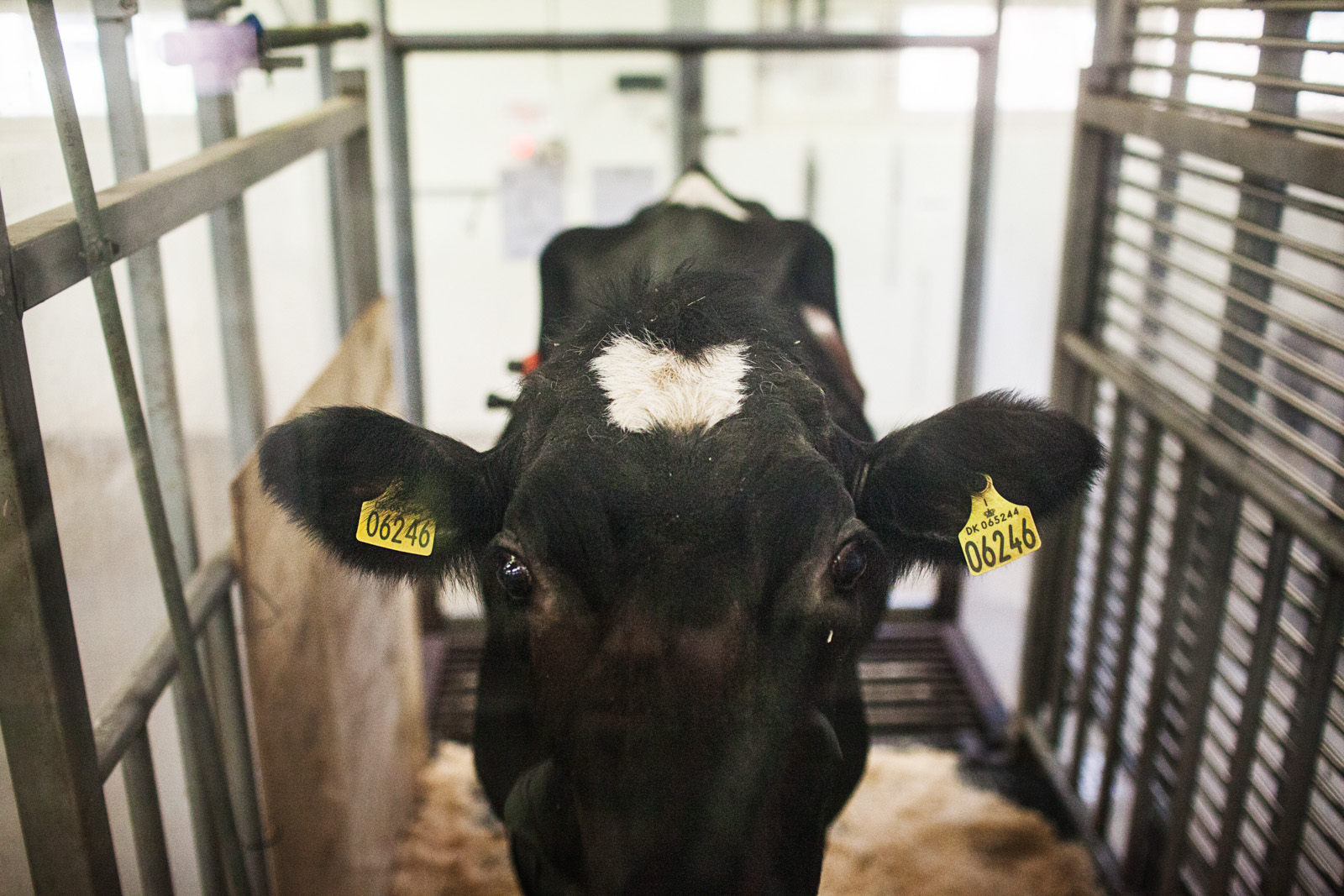Research model is a commercial farming success
SimHerd was started as a regular animal science research model at Aarhus University. But in 2010 the limited company SimHerd A/S was founded and four years on the model is so successful that a new shareholder has bought a majority stake in the company.

Some basic research only sees the light of day in international journals but which lays the foundation for applied research that creates real products and solutions implemented in the real world.
The SimHerd model is an example of a commercial success, developed in a research environment, that has ultimately brought benefits to farming.
The idea behind the SimHerd simulation model is that it can calculate the technical and economic consequences of a given action in a dairy herd. For example, the model can calculate what happens to the milk yield, reproduction or economy if the farmer changes his management routines. Cattle scientists from the Epidemiology and Management research unit at the Department of Animal Science at Aarhus University have been developing the model since 1992, and in 2010 SimHerd A/S was established as a spin-out limited company of Aarhus University and Borean (formerly NOVI Innovation).
Model in demand
Four years on from 2010 the company is now doing so well that Borean – a company that acts as a catalyst for start-up companies – has elected to sell its shares to the cattle breeder association VikingDanmark. Aarhus University will at the same time sell 20 percent of its stake and reduce its ownership from 49 to 29 per cent.
Søren Østergaard, a senior researcher at the Department of Animal Science and Director of SimHerd A/S, sees the sale as evidence that the company is actually producing a sought-after product.
"It is such a good feeling when your product and research is appreciated by consumers. There is a large demand for the model and it’s almost always well received. The farmers can recognize their own herd in the model and think it is wonderful that they can finally put figures onto some of the proposals that the vets or advisers present", says Søren Østergaard, who is one of four creators of the model.
The researchers could in fact easily have continued developing the model without having made it into a commercial product, but there are considerable advantages in sharing the model with end users. On the one hand, Aarhus University has a real interest in the research finding a market and on the other hand the interaction with users gives important feedback to the researchers:
"When farmers, vets and consultants use it, we receive knowledge about what their needs are – and can improve the model accordingly. In the research environment there is also more confidence in the model if we can say that it is so good that it is actually used on real farms."
User-friendliness is the key
One of the challenges of turning a research model into a commercial product has been to make sure that usability is in top. The company has spent a lot of money and a lot of time on the development of the product to ensure you do not need a degree to use it.
"The model was from the beginning very flexible, but it meant that it was practically only us modellers and people with a special interest in the model who could use it," explains Søren Østergaard and says that the company is currently devising a series of simpler products in association with the model.
In the original SimHerd model and in the advanced web-based model the users have to spend some time calibrating the model themselves to reflect the actual farming situation. They can subsequently run all the scenarios they wish with the model.
This is smart but time-consuming which is why the researchers have developed a simpler user-model interface in the form of a health economic analysis. This is based on the same model and similarly extracts data from the livestock register. The user only needs to press a few buttons and the model will automatically create a two-page report with 15 scenarios calculated for the specific herd. This is far more user-friendly but has the disadvantage that there are fewer options available to the user.
”But that is the direction we are heading in the future. We need to continue the development of the advanced web-based SimHerd model while also developing various automatic reports for other focus areas in the dairy herd,” says Søren Østergaard.
International market
The SimHerd model and related products are in other words under constant development, and the ambitions of the researchers reach beyond the national borders. The company has already an agreement with a Dutch company that markets the SimHerd model in the Netherlands.
"The fact that we as a research institution are known for the model is a good launch pad for success. Our goal is for SimHerd A/S to have contracts in several other countries in a few years’ time. This means that we constantly need to adjust our user interface and key figures", says Søren Østergaard.
The success of the SimHerd model has also meant that the company has been contacted by interested parties in the pig sector about that this sector wish to have a similar model developed for pigs.
The researchers behind SimHerd are already in the process of setting up a project application to this end. Previous experiences have, after all, been good!
The creators of the SimHerd model are Søren Østergaard and Jehan Ettema (now also employeed in SimHerd A/S), Jan Tind Sørensen and Anne Braad Kudahl.
For further information please contact:
Søren Østergaard
Senior researcher, Department of Animal Science - Epidemiology and Management
E-mail: soren.ostergaard@anis.au.dk
Telephone: +45 87157961
